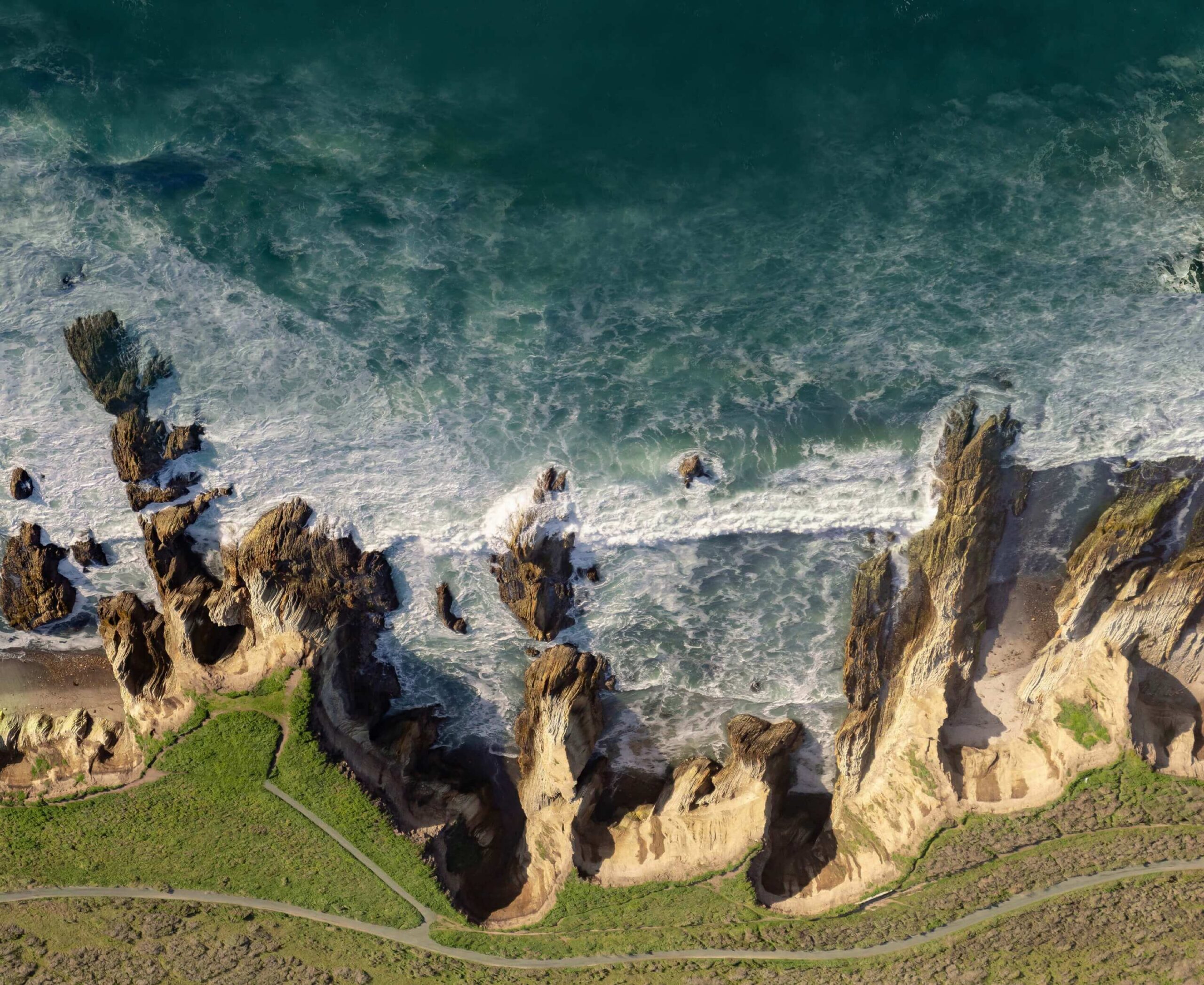
Defined by the Elements of the Pacific
Discover Where the Coast Meets the Vines
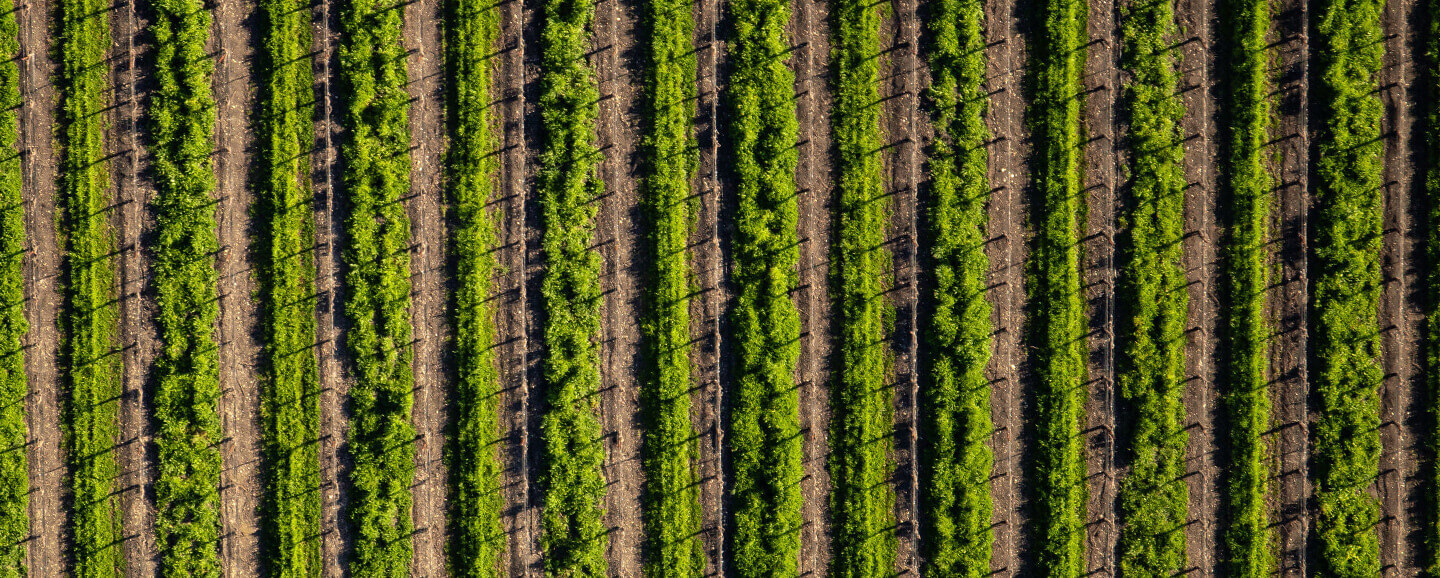





- One of the world’s longest growing seasons
- Marine conditions keep things cool, complex, and balanced
- Varied marine topography of fossilized shells, shale, and sand
- 20 varieties grown, led by Chardonnay and Pinot Noir
- Just 5,000 total vineyard acres planted
- Wines with a unique exuberance and energetic acidity

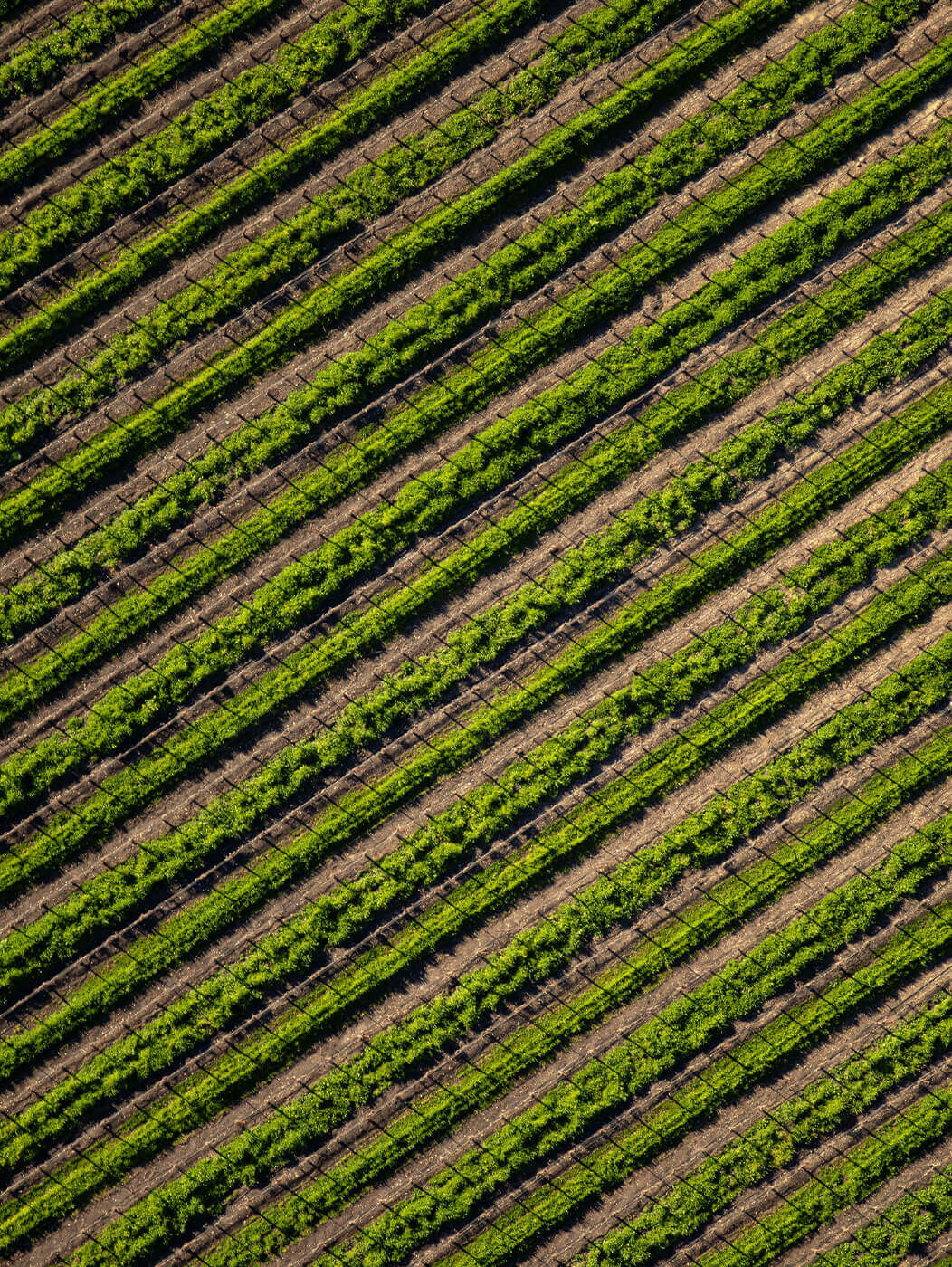




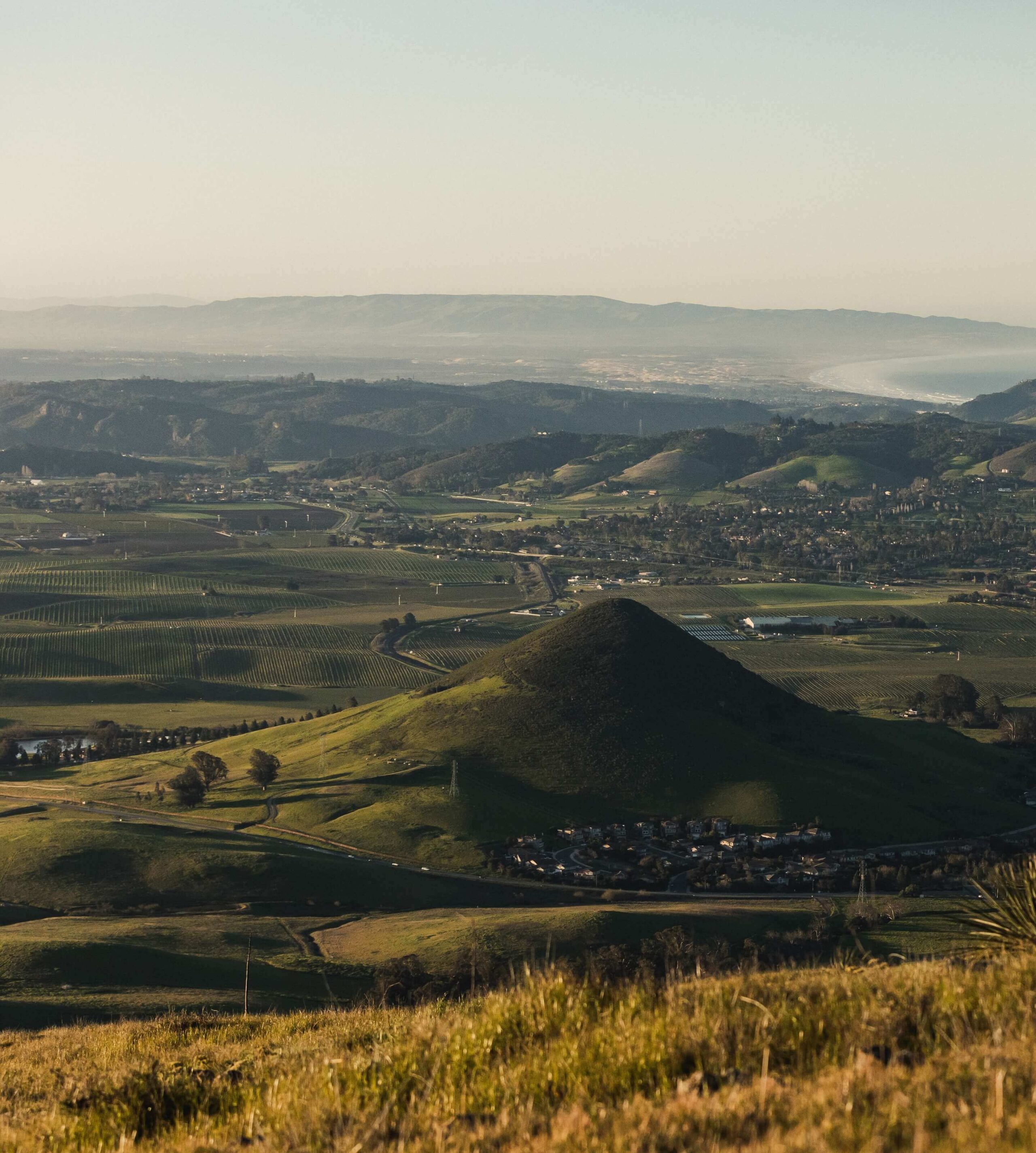
- Soils
- Climate
- Varieties
- Sustainability
- People
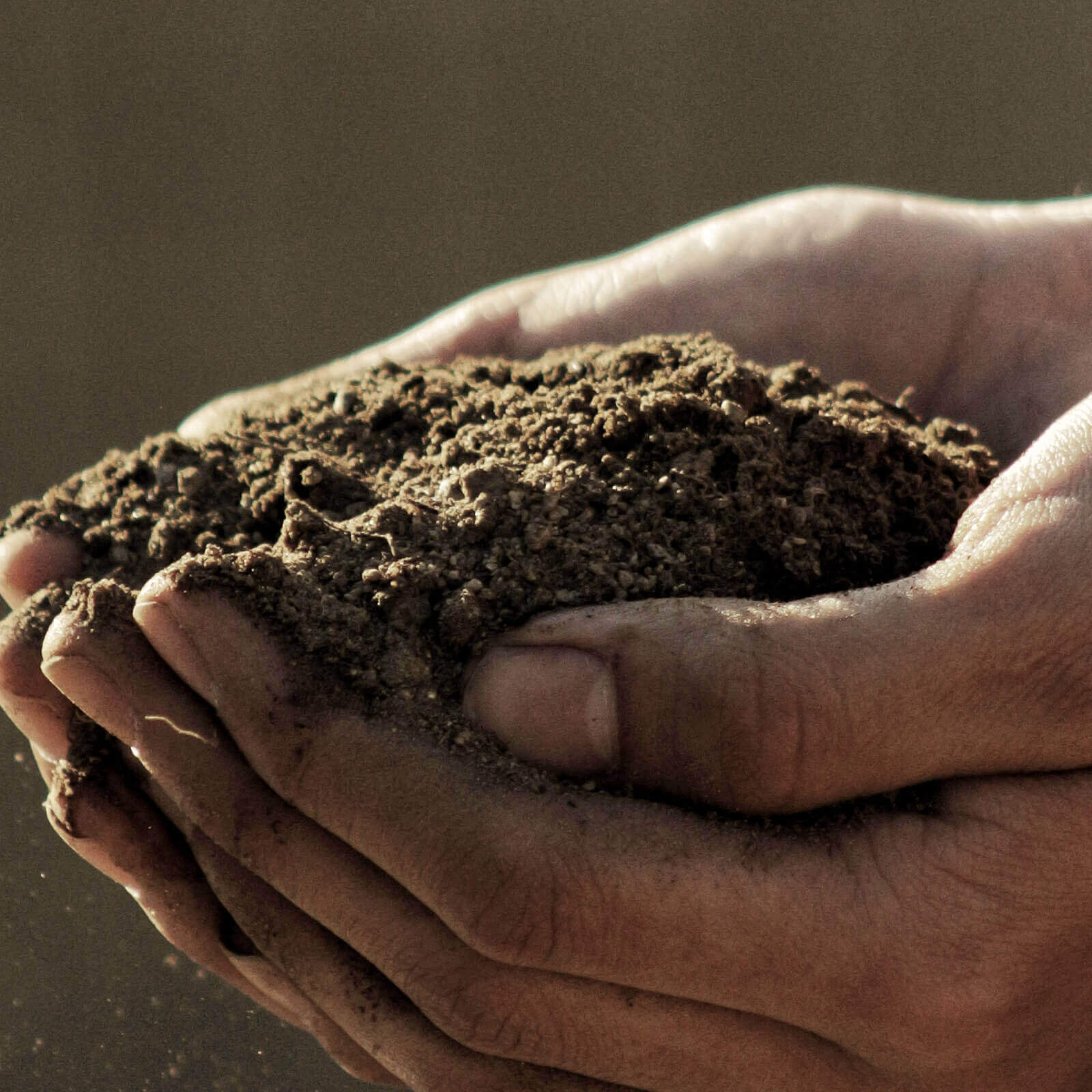
This sheer force of the Earth caused the commingling of our region’s unique seabed soil of marine shale, sand, and fossilized shells with the volcanic soil of the area’s distinctive morros, together forming a rare soil complexity that often varies from acre to acre.
Geographically speaking, our soils are young, diverse, and complex. They are lean and shallow, well-draining with hard bedrock below, putting vines through just the right amount of stress to produce amazingly complex fruit with intense color and flavor.
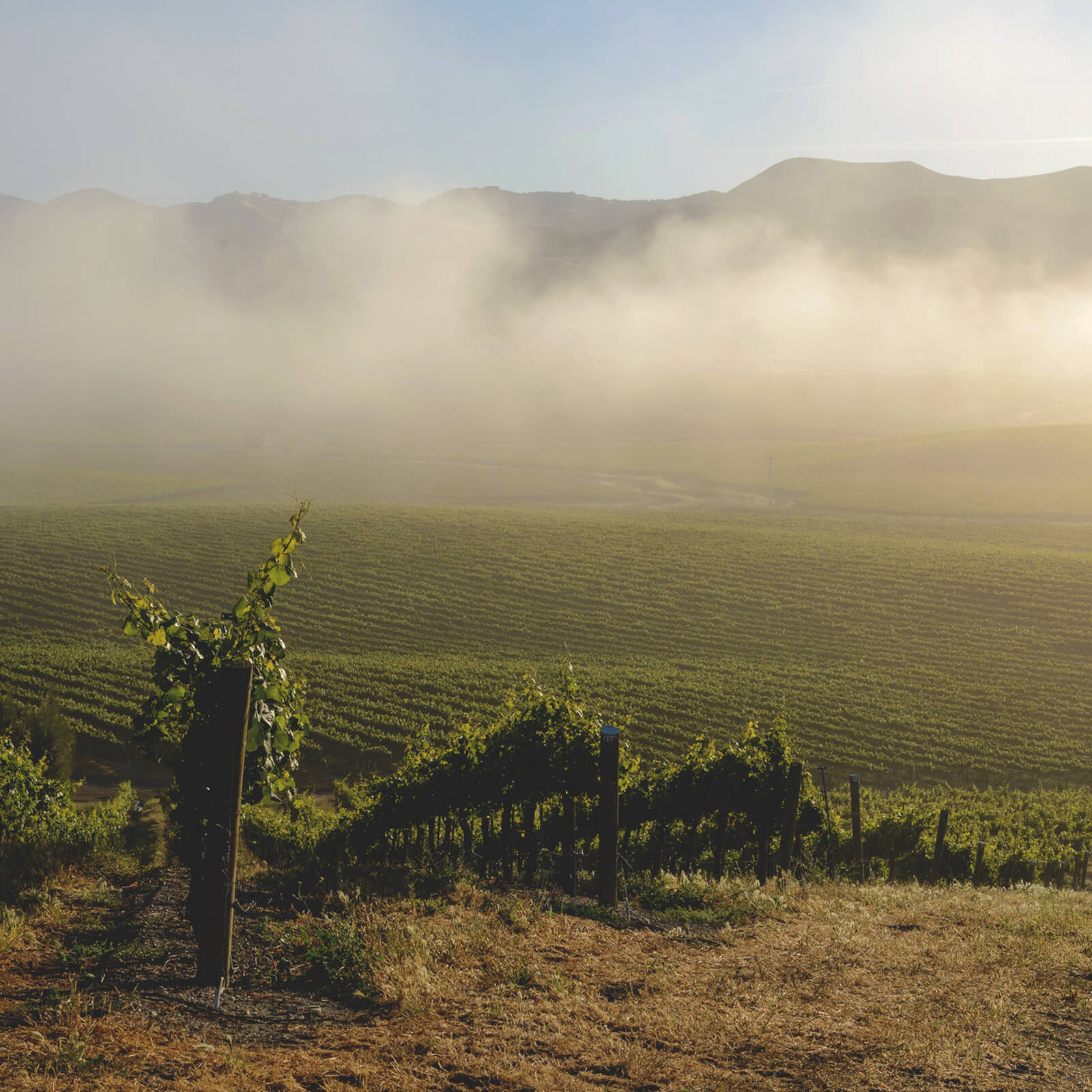
Our vines count on this reliable cooling and warming cycle to maintain our long growing season–one of the longest in the world. The result is a harmonious ripening of sugar, acids, and tannins.
The majority of the SLO Coast is classified as “Region 1,” indicating we are one of the coolest winegrowing areas in the world, and the coolest within California. Our pronounced marine conditions and moderate temperatures allow the fruit to achieve rich, full flavors while maintaining their natural acidity, structure, and balance.
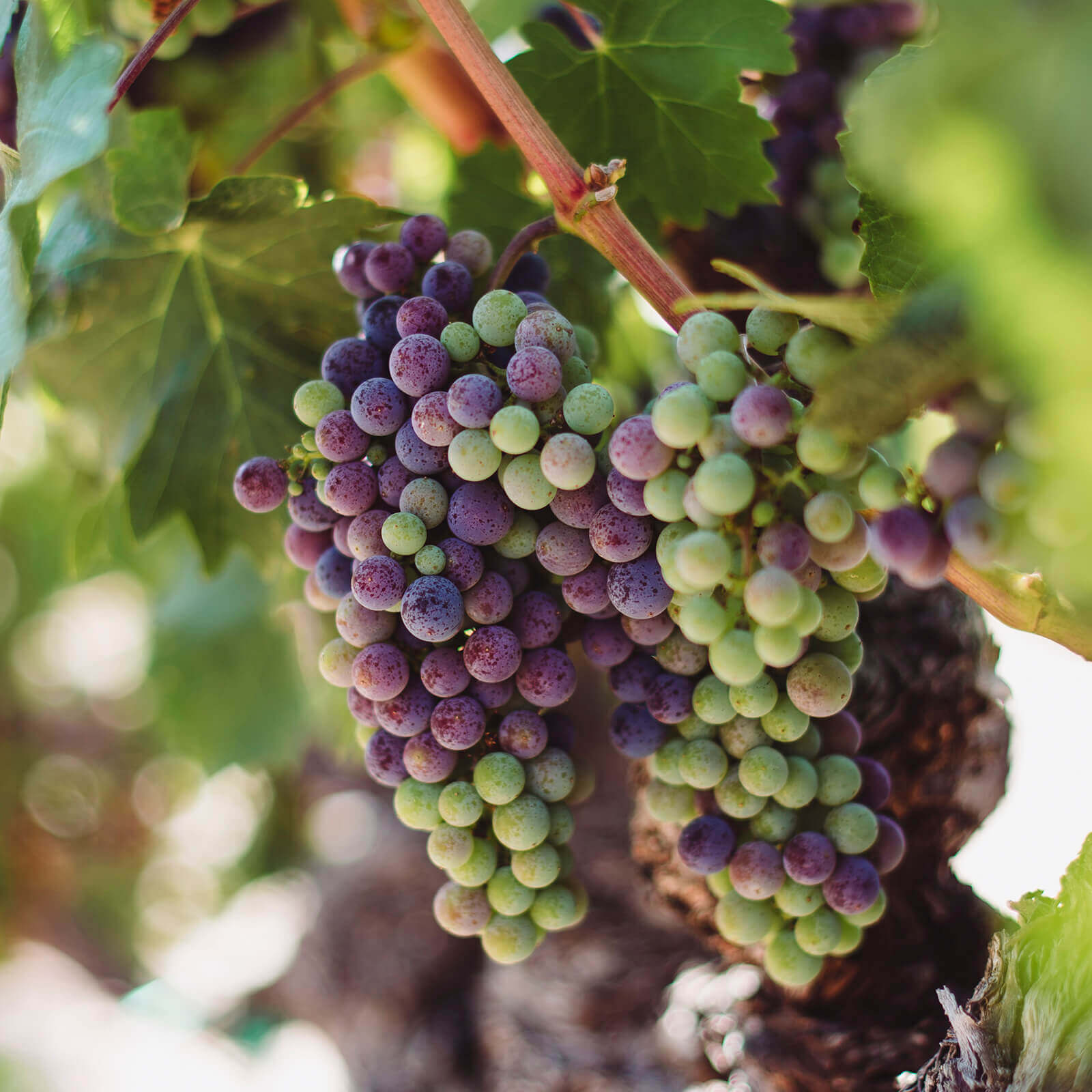
Particularly well-recognized for Burgundian varieties and cool-climate favorites Pinot Noir and Chardonnay, the SLO Coast also makes an excellent home to aromatic white varieties such as Pinot Gris, Riesling, and Gewürztraminer. Rhône varieties, such as Syrah and Viognier, are also among our favorites found on the SLO Coast. And in our warmer, mountainous areas, Zinfandel, Cabernet Sauvignon, and Merlot have been growing strong for decades. The diverse fruit of the SLO Coast is united by an energetic acidity and vibrancy only achieved via our unique set of growing conditions.
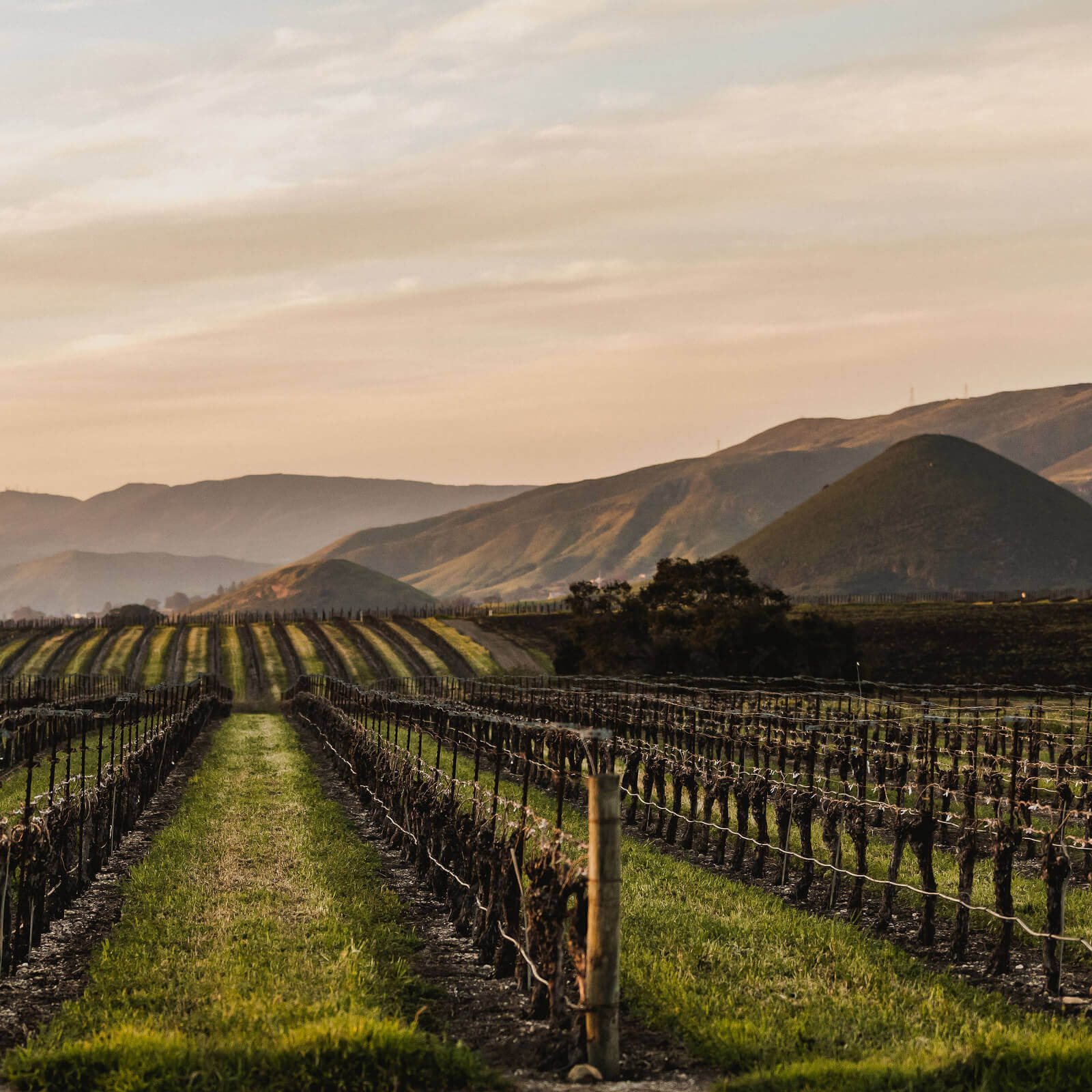
The agrarian and farming culture on the Central Coast instills a long-term respect for the earth that encourages many of our vineyards to farm organically and with biodynamic practices.
The majority of vineyard acreage in the SLO Coast is Sustainability in Practice (SIP) Certified, a holistic and forward-thinking perspective on sustainability. SIP focuses on great wine, healthy vineyards, the well-being of our teams, and the health of our overarching community.
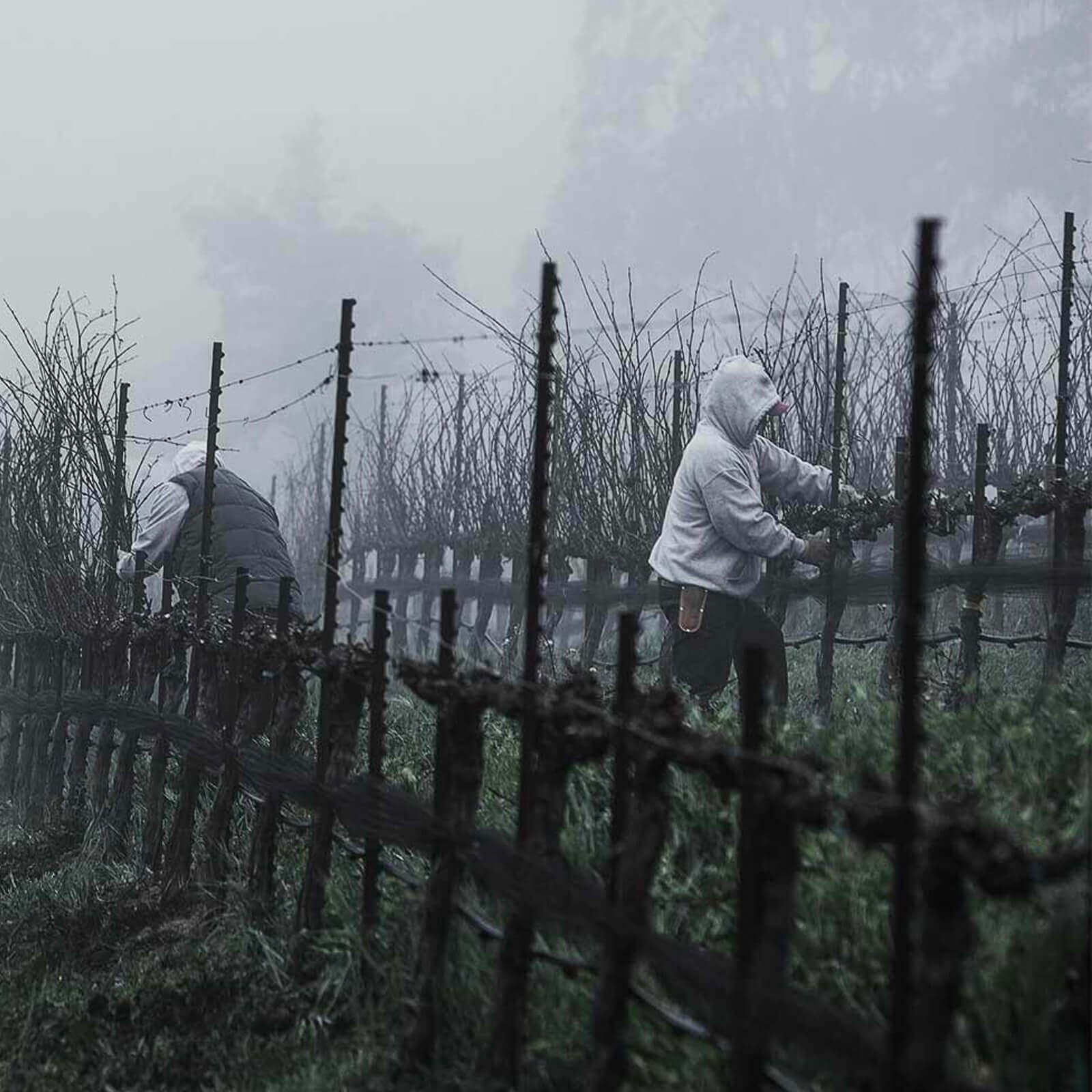
…The grandchildren of whom you’re likely to encounter in the tasting room or on a cellar tour, fulfilling their destinies as the winemaking and vineyard teams of today.
We have fun making wine we enjoy drinking and sharing ourselves, and the bootstrapping and inviting culture of our wine region is still very much evident. Wineries large and small are not afraid to experiment, take risks, and produce small quantities of wines that are best enjoyed in the same county in which they were grown.

